TREE PLAN
The Tree Plan (Plan Árbol) it´s a CIUQ´s investigation done on collaboration with the Army Forces’ University - ESPE´s Faculty of Engineering in Geospatial Technologies. The main objective of this investigation was to assess the diversity and functionality of urban sidewalk trees in 13 areas of the central plateau of Quito and to evaluate the environmental and ecosystemic services that they provide according to urban needs.
The objective was to establish the first geographic database of Quito's trees as an input for environmental monitoring and multidisciplinary research on the city's trees in the long term. For this purpose, information about location, height of the trees, state and width of the sidewalks was collected using orthophoto mosaic, obtained through unmanned aerial vehicle (UAV) and synchronized in ground with control points with a high accuracy GPS. Through field trips, photographic records of the trees were integrated into the geographic database.
Address: Núñez de Vela N35-204 e Ignacio San María
Whatsapp: 099 033 8814 e-mail: info@ciuq.ec
Quito - Ecuador
Whatsapp: 099 033 8814 e-mail: info@ciuq.ec
Quito - Ecuador
www.ciuq.ec
-Centro de información Urbana -
Address: Núñez de Vela N35-204 e Ignacio San María
WhatsApp: (+593) 99 033 8814
e-mail: info@ciuq.ec
Quito - Ecuador
All rights reserved
-Centro de información Urbana -
Address: Núñez de Vela N35-204 e Ignacio San María
WhatsApp: (+593) 99 033 8814
e-mail: info@ciuq.ec
Quito - Ecuador
All rights reserved
All rights reverved -Centro de información Urbana - www.ciuq.ec

PHASE 1
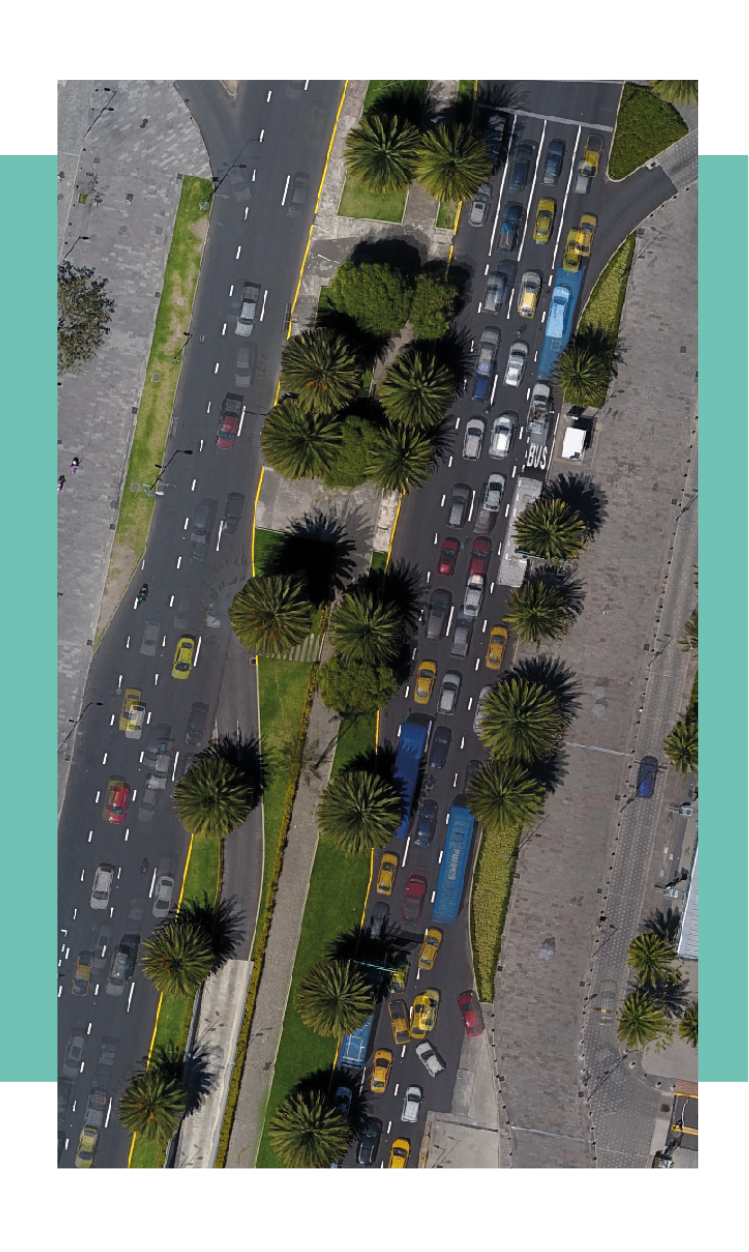
PHASE 2
The phase objective was to evaluate the diversity and functionality of Quito's trees based on the information collected in the first phase. Second objective was to make recommendations to improve the environmental and ecological efficiency of city's trees. For this purpose, a spatial analysis of variables associated with biological diversity (ie origin of the species, basic physiognomic and physiological characterization and reproduction strategy) and the state of maintenance of the urban trees (age, foliage density, canopy continuity and pruning) were carried out at the time of the acquisition of the photographic records.
PHASE 3
The third phase explores the relationships between the characteristics and conditions of trees and those of the urban infrastructure of the public space. Width, state and spatial distribution of sidewalks and central sidewalks were studied using parameters such as tree height, trunk width and species to which it belongs in order to propose guidelines that harmonize these two elements for the benefit of the pedestrian.
COLLABORATORS
TEACHERS:
MSc. Ing. Alexander Robayo - Faculty Coordination
Ing. Eduardo Kirby - Remote Sensing and Photogrammetry
Ing. MSc. César Leiva - Cartography and Geodesy
Ing. Izar Sinde - Cartography and Topography
Ing. Pablo Pérez - Community Engagement
STUDENTS:
Katherine Valverde - Student Coordination
Karen Albarracín, Marco Amaluisa, Kevin Apolo, Gonzalo Araujo, Gabriel Ayala, Galo Bastidas, Wendy Campaña, Danny Díaz, Stephany García, Carolina García, Darío Guaña, Miryan Guisha, Esteban Herrera, Santiago Jaramillo, Brayan Morales, Emilia Naranjo, Jonathan Puente, Christopher Suquillo, Jessica Vilca.
MSc. Ing. Alexander Robayo - Faculty Coordination
Ing. Eduardo Kirby - Remote Sensing and Photogrammetry
Ing. MSc. César Leiva - Cartography and Geodesy
Ing. Izar Sinde - Cartography and Topography
Ing. Pablo Pérez - Community Engagement
STUDENTS:
Katherine Valverde - Student Coordination
Karen Albarracín, Marco Amaluisa, Kevin Apolo, Gonzalo Araujo, Gabriel Ayala, Galo Bastidas, Wendy Campaña, Danny Díaz, Stephany García, Carolina García, Darío Guaña, Miryan Guisha, Esteban Herrera, Santiago Jaramillo, Brayan Morales, Emilia Naranjo, Jonathan Puente, Christopher Suquillo, Jessica Vilca.

PAULINA CUBILLO BETANCOURT
Coordinadora del proyecto y coautora
Geographer and Environmental Engineer from ESPE in 2005, with a master's degree in Environmental Management Systems in 2008 from SEK International University; master's degree in Geographic Information Systems development from the University of Seville in Spain in 2012; master's degree in Territorial Planning (Laude) from the University of Tor Vergata in Rome - Italy in 2015; and with a specialization in Data Science, in Costa Rica in 2020. She is currently the General Coordinator of CIUQ.
KATHERINE VALVERDE TAPIA
CIUQ´S intern
Geographer and Environmental Engineer of the ESPE in 2022. She collaborated as coordinator of the ESPE students for this project, while carrying out her pre-professional internships.
INFORMATION ACQUISITION AND SOCIAL ENVIRONMENTAL DIAGNOSIS OF TREES ON QUITO
QUITO´S TREES´ GEODATABASE
DIAGNOSIS OF THE DIVERSITY AND FUNCTIONALITY OF QUITO TREES
INTERACTIONS TREE -
URBAN INFRASTRUCTURE
URBAN INFRASTRUCTURE
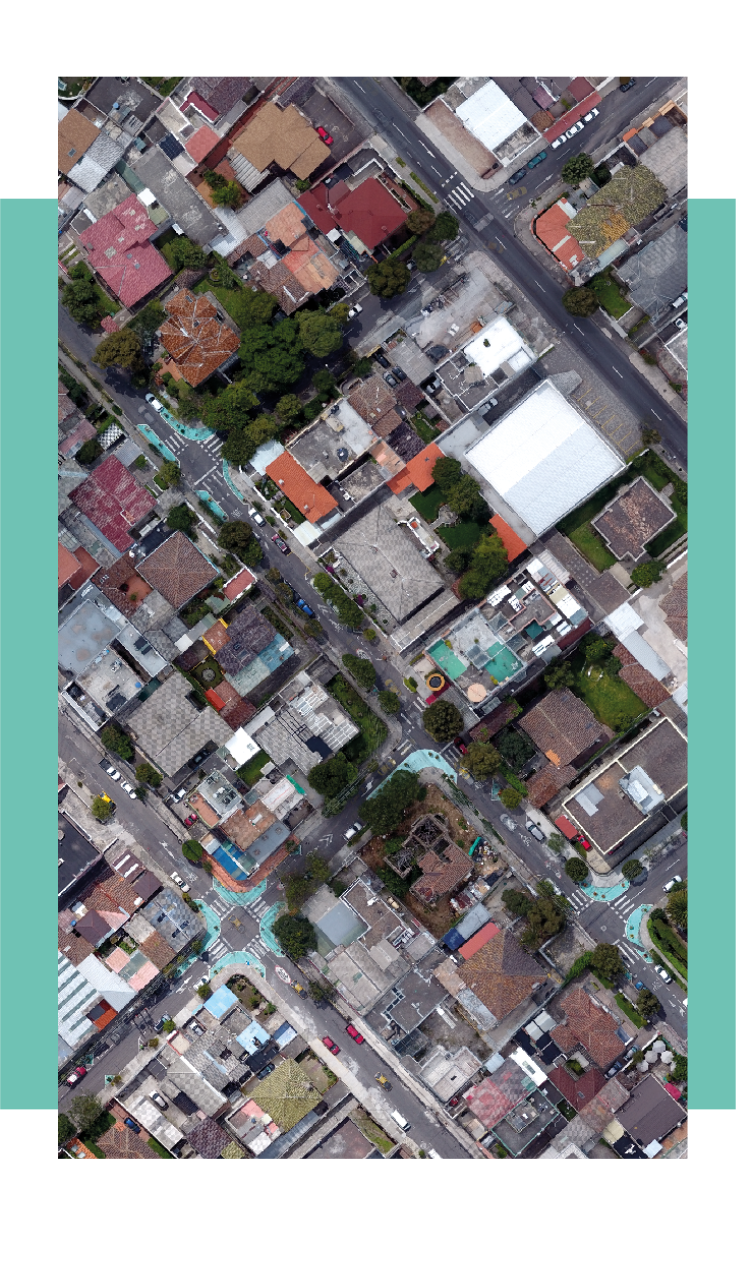
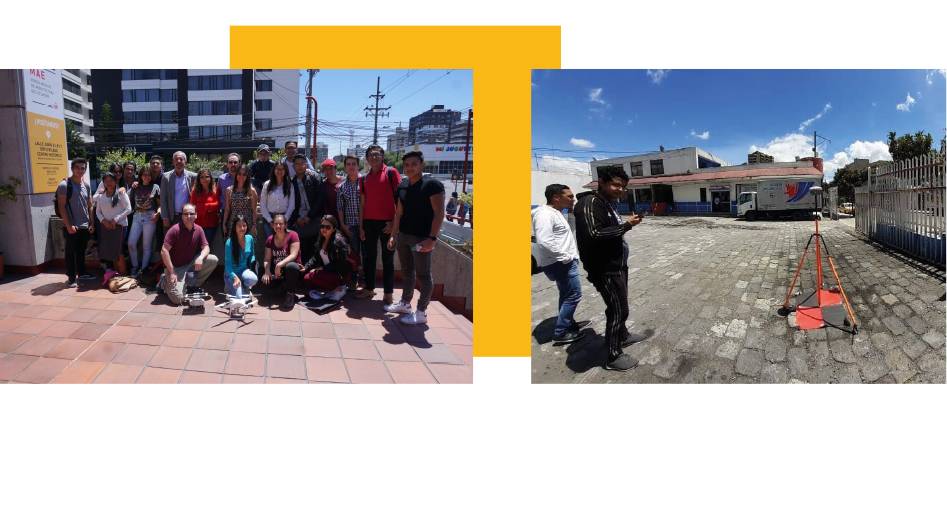
GUEST RESEARCHER
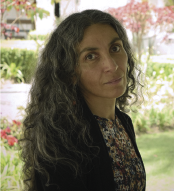
PhD in Biogeography from the University of Georgia, USA, MPhil. in Remote Sensing and GIS from the University of Cambridge, England, MSc in Ecology from the University of Aberdeen, Scotland, and graduate in Biological Sciences from the PUCE, Quito.
Her research and consulting scope includes the historical transformation of urban greenery and the implications for the environmental sustainability of the city. On this topic she has published Historical Urban Landscape as a Descriptive Feature for Risk Assessment: the ‘Quebradas’ of Quito (Proceedings of the First International Conference on Urban Physics 2016) and Ecological Urbanism, the environmental challenge of Quito (GEOPUCE 2011).
She designed the Multifunctional Urban Green Imbrica and peri-urban Geodiversity Reserves for YES Innovation within the proposal led by Arch. PhD Grace Yépez for the Ideas Contest “Corredor Metropolitano de Quito” (2020, winning proposal).
She has been a researcher and university professor in Biogeography, Ecology, Natural Resources and Protected Natural Areas. Among her outstanding research projects are "Ecological Roof: the potential of native plants in green roofs in Quito" (2010-2019) and "environmental consequences of the transformation and loss of montane forests" (2005 -2019)
Her research and consulting scope includes the historical transformation of urban greenery and the implications for the environmental sustainability of the city. On this topic she has published Historical Urban Landscape as a Descriptive Feature for Risk Assessment: the ‘Quebradas’ of Quito (Proceedings of the First International Conference on Urban Physics 2016) and Ecological Urbanism, the environmental challenge of Quito (GEOPUCE 2011).
She designed the Multifunctional Urban Green Imbrica and peri-urban Geodiversity Reserves for YES Innovation within the proposal led by Arch. PhD Grace Yépez for the Ideas Contest “Corredor Metropolitano de Quito” (2020, winning proposal).
She has been a researcher and university professor in Biogeography, Ecology, Natural Resources and Protected Natural Areas. Among her outstanding research projects are "Ecological Roof: the potential of native plants in green roofs in Quito" (2010-2019) and "environmental consequences of the transformation and loss of montane forests" (2005 -2019)
CIUQ COLLABORATORS
SHEIKA ARAGUNDI, PhD
Consultant in environmental affairs
ARMED FORCES UNIVERSITY ESPE
FACULTY OF eNGINEERING IN GEOSPATIAL TECHNOLOGIES
20 6th SEMESTER STUDENTS
FACULTY OF eNGINEERING IN GEOSPATIAL TECHNOLOGIES
20 6th SEMESTER STUDENTS
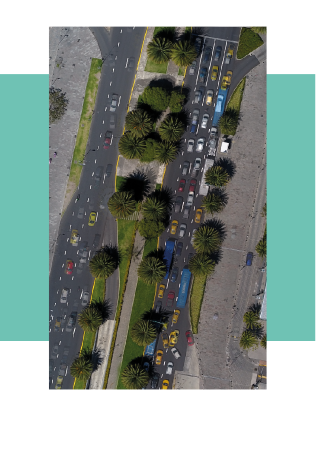
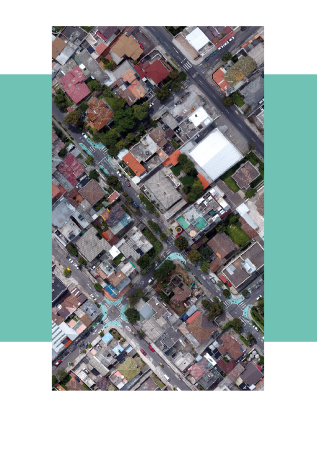
Trees on Naciones Unidas avenue. Ortophoto taken by ESPE. Resolution: 0.50 meters.
Orthophoto near CAE used for studies.
Resolution 0.50 meters.
Resolution 0.50 meters.
CIUQ and CAE-P team and ESPE Geospatial Technologies Engineering team.
Field Control point marking for aerial georeferencing photography with drones.









